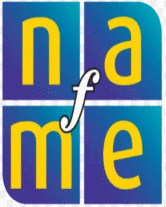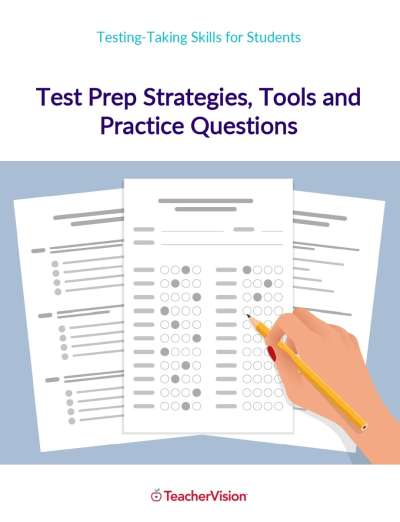This group activity explains the musical relationship between the length of instruments and their pitch.
Objectives
- Students will collect, organize, and graph data, demonstrating their grasp of the relationship between the length of an instrument and its pitch.
Materials
- A keyboard, bells, piano, or other fixed-pitch instrument
- Instruments from the school band, orchestra, or from among those made by the students
- Coordinate graphing (grid) paper
- Rulers or tape measures
Procedure
- Set up seven stations of three to five instruments each. You may wish to keep the project simple by grouping instruments by family and using only instruments, such as stringed instruments, marimbas, or panpipes, for which "length" can be easily determined. Label four of the stations, "Take measurements first." Label the remaining stations, "Verify pitch first."
- Assign students to seven groups of four or more students.
- Have each group assign a secretary, who will record the final data of all students in the group.
- Ask each student, except for the secretary, to measure the length of various instruments and determine the instruments' pitch. Make certain that they measure the sounding length of instruments; for example, on instruments in the violin family, the measurement should be made from the top of the fingerboard to the bridge. On brass instruments, the students will have to measure the complete length of all tubing used to play a given note.
- Have groups 1, 2, 3, and 4 take all length measurements first. Have groups 5, 6, and 7 verify the pitch of the instruments first (using the keyboard or another fixed-pitch instrument as a standard and matching pitches).
- Have each student graph his or her data on a coordinate graph, making sure to graph the instruments in order by length. Alternatively, have the students graph the data on graphing calculators.
- Ask the secretary of each group to take all the group data and plot it on an overhead transparency of a coordinate graph, making sure that the data is graphed in order by length of instrument. The length of the instrument should be graphed on the y-axis; the pitch on the x-axis.
- Ask each secretary to present the group findings to the entire class, using the overhead.
- Ask the students to summarize what they discovered in this project. This may be done in class discussion or, for evaluation, in writing on the students' data sheets.
Standards Correlations
Mathematics
- Standard 1: Mathematics as problem-solving
- Standard 2: Mathematics as communication
- Standard 4: Mathematics as connections
- Standard 13: Measurement
Art Education
- Standard 6: Listening to, analyzing, and describing music
- Standard 8: Understanding relationships between music, the other arts, and disciplines outside the arts
Excerpted fromIn Harmony with Education Program: Bose's Teacher Guide.

| Provided in partnership with NAfME |
Distribute a group activity that explains the musical relationship between length of instruments and their pitch.
Subjects
TYPE:
Teaching Strategies




